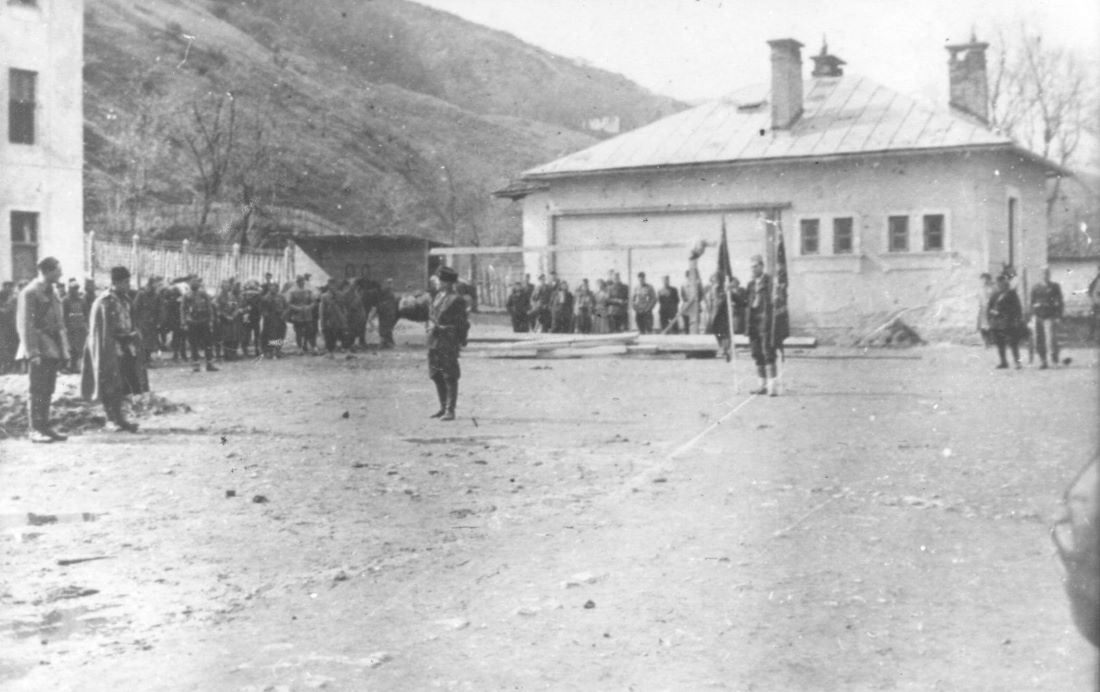The Yugoslav Partisans stood as one of the most distinguished guerrilla movements in occupied Europe during World War II. These brave fighters mounted a forceful resistance against the fascist and Nazi invaders of Yugoslavia. Their determination and tactics not only became symbolic of resistance but also inspired guerrilla movements worldwide. In the face of adversity, they laid the foundation for a post-war socialist Yugoslavia, leaving a profound legacy in the annals of anti-fascist resistance.
Formation of the Yugoslav Partisans in 1941
The need for a resistance movement became palpable in the wake of the Axis invasion and subsequent occupation of Yugoslavia. Established in 1941, the Yugoslav Partisans rose as an immediate response to this occupation. Under the guidance of the Communist Party of Yugoslavia, they rapidly organized and launched operations. More than just a military reaction, the emergence of the Partisans symbolized national unity and collective defiance against foreign oppressors. As the war years unfolded, their ranks swelled, drawing support from diverse ethnic and societal groups within the Yugoslav Federation.

The leadership of Josip Broz Tito
Josip Broz, later universally known as Tito, was the charismatic and strategic mind behind the Yugoslav Partisan movement. As the leader of the Communist Party of Yugoslavia, Tito galvanized diverse ethnic and regional groups into a united front against the Axis occupiers. His leadership was not just limited to military tactics; he was adept at diplomatic maneuvering, securing vital support from the Allies as the war progressed. Beyond the war, Tito’s prominence and influence persisted as he became the president of socialist Yugoslavia, steering the nation through complex geopolitical challenges and establishing a non-aligned position during the Cold War era.
Guerrilla Tactics Employed
The Yugoslav Partisans, faced with larger and better-equipped enemy forces, relied heavily on guerrilla warfare. This style of combat emphasized mobility, surprise, and local support. Operating from mountainous terrains and forests, they executed ambushes, sabotages, and hit-and-run attacks, disrupting enemy communication and supply lines. These tactics not only inflicted significant damage to the Axis forces but also showcased the Partisans’ adaptability and resourcefulness, making them a formidable resistance movement.
International Support and Recognition
As the war progressed, the successes of the Yugoslav Partisans drew the attention of the major Allied powers. Initially, the British primarily supported the royalist Chetniks, but as the Partisans proved more effective and resolute in their resistance against the Axis, support shifted. By the latter stages of the war, they received weapons, supplies, and logistical assistance from the Allies, including the United States, Great Britain, and the Soviet Union. This international endorsement further bolstered their legitimacy and capability.
A Multi-ethnic and Interfaith Movement
One of the remarkable aspects of the Partisan movement was its diverse composition. Drawing fighters from Serbs, Croats, Slovenes, Bosniaks, Montenegrins, Macedonians, and others, it became a genuine representation of Yugoslavia’s multicultural identity. Additionally, members from various religious backgrounds – Orthodox Christians, Catholics, Muslims, and Jews – stood shoulder to shoulder in the fight against fascism. This unity was pivotal in fostering a spirit of brotherhood and solidarity, transcending ethnic and religious divides.
Impact on Post-war Yugoslavia
The aftermath of World War II saw the Partisans transition from a resistance movement to the primary political and military force in Yugoslavia. Their efforts in the war laid the groundwork for the establishment of a socialist federation, with Tito at its helm. Under their governance, the country underwent major economic, social, and political reforms. Yugoslavia also adopted a policy of non-alignment, maintaining a delicate balance between the Western and Eastern blocs during the Cold War.
Monumental Memorials Celebrating the Partisan Struggle

In the post-war years, Yugoslavia witnessed the rise of various monumental structures, commonly referred to as ‘spomeniks’, dedicated to the Partisan struggle and the victims of the war. These abstract and often colossal memorials, scattered across the landscape, stand as artistic interpretations of resistance, sacrifice, and triumph. Commissioned by local authorities and designed by renowned artists and architects, these structures were not just commemorative sites but also places of collective memory and national education. Visually striking and unique in design, the ‘spomeniks’ remain iconic landmarks, attracting researchers, tourists, and those curious about Yugoslavia’s complex past and the indomitable spirit of the Partisan resistance.
Historical Challenge: Can You Conquer the Past?
Answer more than 18 questions correctly, and you will win a copy of History Chronicles Magazine Vol 1! Take our interactive history quiz now and put your knowledge to the test!

